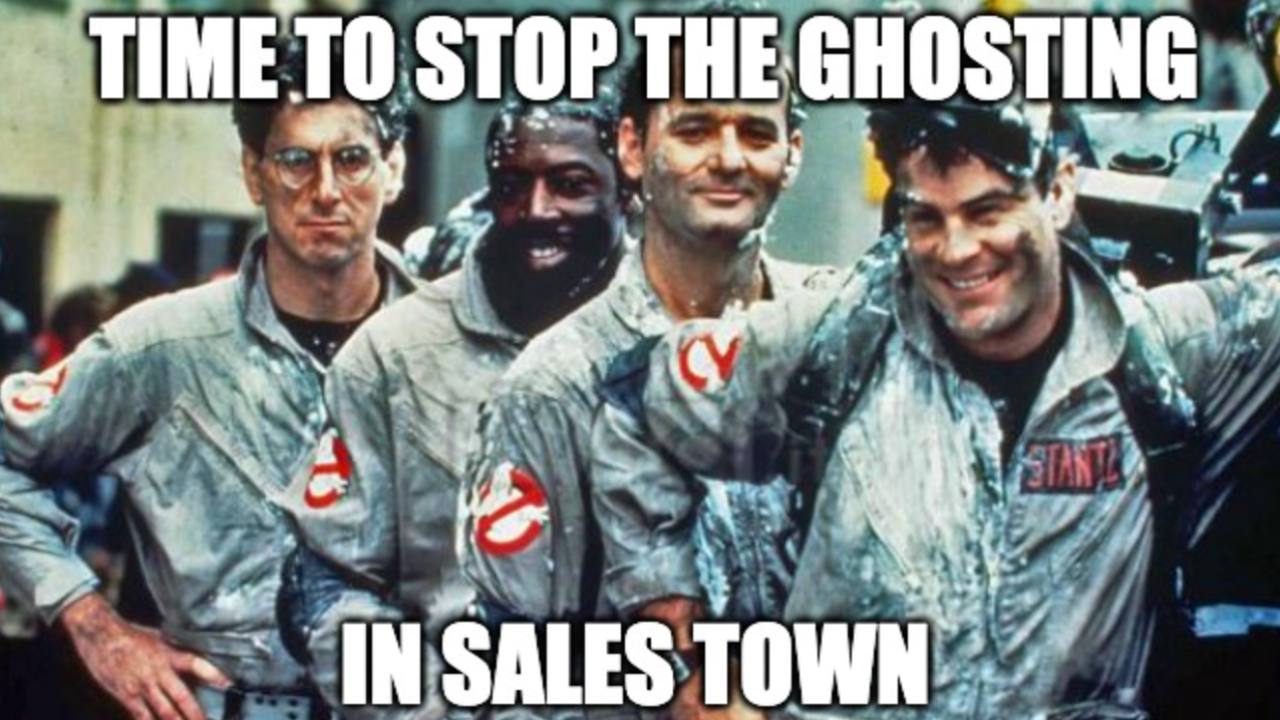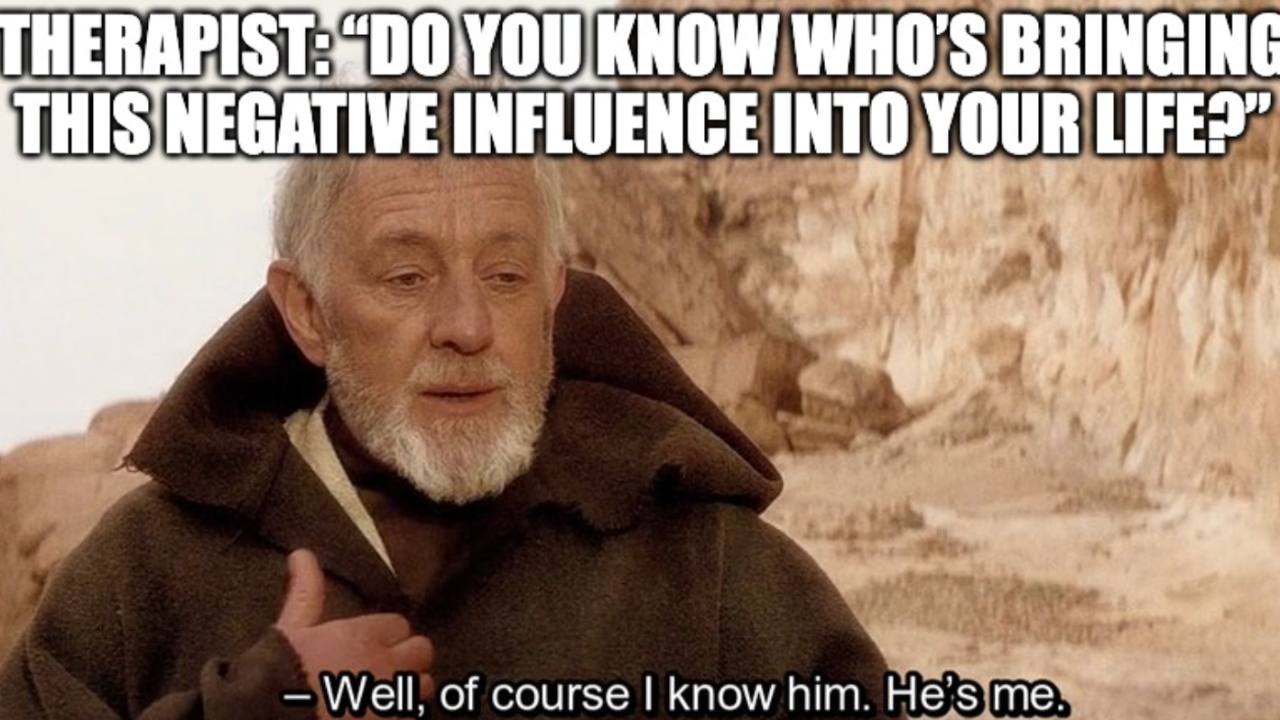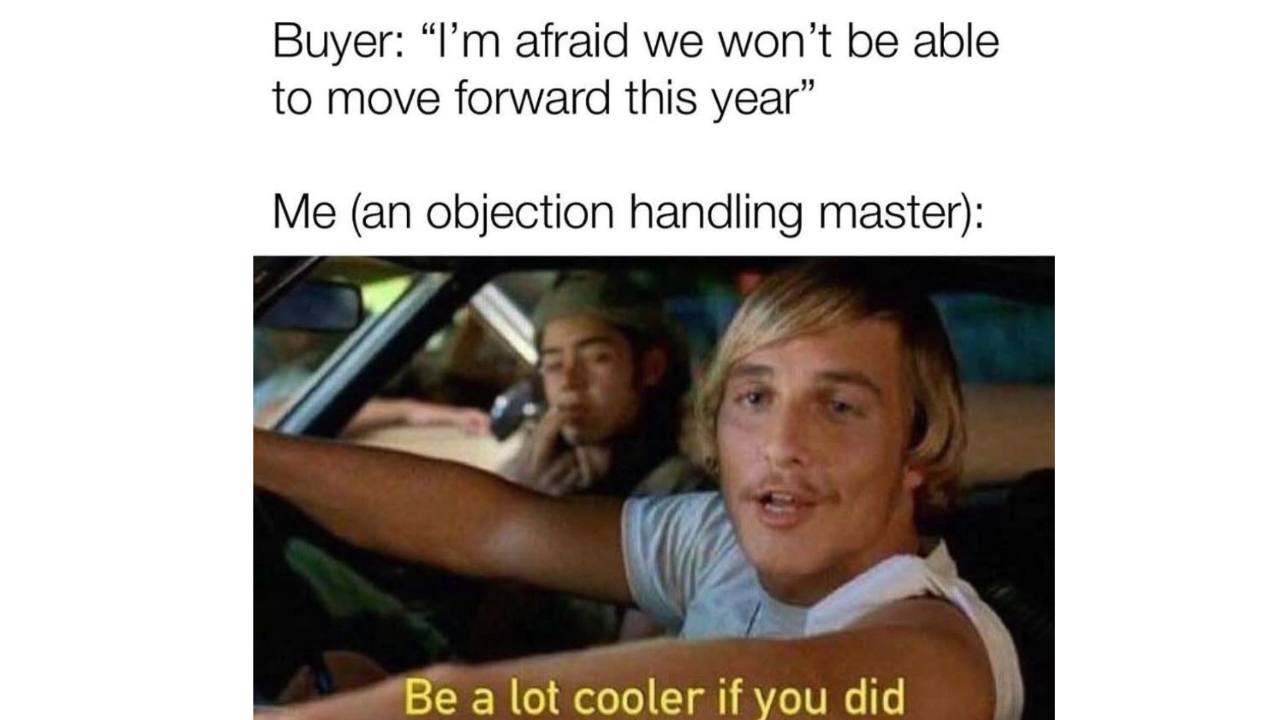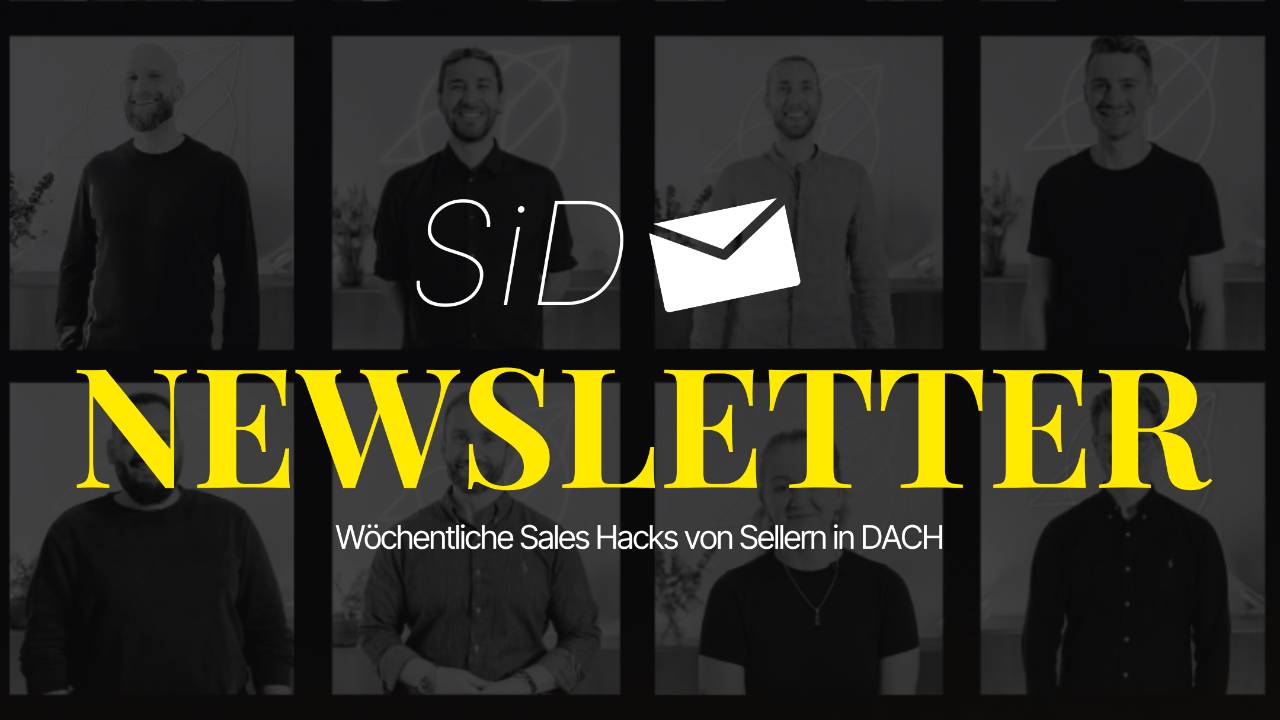Discovery in DACH 🇩🇪🇨🇭🇦🇹

Are we doing Discovery wrong? 🤯
The Facts Say: Yes.
📊 82% of B2B decision-makers say sales reps don’t understand their real challenges.
🛑 up to 60% of deals are lost to no decision, not to competitors.
🎯 Sellers who uncover ‘unconsidered needs’ close 42% more deals.
So, what’s the real problem?
Most sellers in DACH ask questions to qualify, not to understand. And that's the key problem. 🗝️
In this issue, I will break down the most common Discovery methods and explain when each makes the most sense.
I’ll finish with my favorite method - a combination of acting training & sales enablement. More on that later 🤫
#1 The 3 Whys Framework
📌 What is it?
A simple method to get to the core reason behind a prospect’s interest.
🔍 How it works:
-
Why change? → What’s wrong with the status quo?
-
Why now? → Why not wait?
-
Why us? → What makes your solution different?
🙋♀️ My Take:
This is an effective and super simple method which is great for shorter sales cycles.
#2 BANT
📌 What is it?
A simple framework to qualify leads quickly.
🔍 How it works:
-
Budget: Do they have the budget?
-
Authority: Can they make the decision?
-
Need: Do they actually need your solution?
-
Timing: Is this the right moment?
🙋♀️ My Take:
The dinosaur of Discovery… I don’t usually recommend BANT because the world has changed! Budget is often unclear at the start. Great Discovery should reveal unconsidered needs and create AHA moments—not just check qualification boxes.
#3 MEDDIC / MEDDPICC
📌 What is it?
A qualification framework that helps sales teams assess whether a deal is likely to close.
🔍 Key components:
-
Metrics: What quantifiable benefits does the prospect seek?
-
Economic Buyer: Who makes the final decision?
-
Decision Criteria: How do they choose solutions?
-
Decision Process: What are the steps to buy?
-
Identify Pain: What’s their biggest challenge?
-
Champion: Who inside the company is pushing for the deal?
-
(Paper Process: What legal/procurement steps are needed?)
-
(Competition: Who else is in the running?)
🙋♀️ My Take:
If I were selling to multiple stakeholders who have structured buying processes (like Enterprise), I would definitely consider MEDDICC!
#4 Challenger Discovery
📌 What is it?
A method where sales reps teach, tailor, and take control of the conversation.
🔍 How it works:
-
Teach prospects something they didn’t know.
-
Tailor insights to their industry and business.
-
Take control of the conversation by challenging their current thinking.
🙋♀️ My Take:
I wasn’t aware of this early in my career, but I now think this is the future.
Challenger Sales is great for competitive markets where prospects already use a solution but need to be challenged to think differently. This method is a slow burn because it starts before the meeting but will survive the AI age.
#5 SPIN Selling
🤔 What is it?
A structured questioning framework that moves prospects from general context to pain points and the need for a solution.
🔍 How it works:
-
Situation: Gather basic facts (e.g., "What tools do you currently use for X?")
-
Problem: Uncover challenges (e.g., "What’s the biggest issue with your current setup?")
-
Implication: Show consequences (e.g., "What happens when X fails?")
-
Need-Payoff: Link to the solution (e.g., "Would improving X help you achieve Y?")
🙋♀️ My Take:
Great for complex B2B sales where you need to make your prospects aware of the full impact of their problem.
💡 Bonus Tip: The Helena Special
The #1 common thread across all Discovery methods is storytelling.
You start with understanding their Status Quo, the reason why we speak now (Problem), the consequences for them which creates urgency (rising action) all ending in the biggest Pain Point (Climax) from where you can then establish a new Status Quo with your solution for this.

For me, this is something I can always rely on, whether I'm talking to the CFO of an enterprise or the founder of an SMB.
🔍 How it works:
-
Status Quo: 'What have you been doing so far?'
-
Problem: 'What made you take your time today?'
-
Rising Action: 'What is the consequence of doing nothing?'
-
Climax: The unconsidered Need / The actual Pain Point we qualify when we follow 1-3. E.g. They loose money. They might get fired. They might hate their job. This can be a personal as well as business wide Pain Point.
- New Status Quo: Here we establish the new Status Quo with our solution in their lives. 'This is how your life could look like with this (our) solution.' Reverse Engineering every Consequence we have established before to make them feel like there is hope at the end of the meeting.
🙋♀️ My Take:
Stories make information 63% more memorable than plain data.
Buyers won’t remember every feature. But they will remember how your solution fixes their world.
Bottom Line:
Discovery isn’t an interrogation—it’s a conversation.
If we ask the right questions, buyers will sell themselves.
Try it in your next call and let us know how it goes!
Want to master Discovery in DACH?

397.-€ ➡️ now for 299.-€!
In our Discovery Series, Tyrone Smith, Stephanie Sgura, and Vinzenz Dimpflmaier you will learn how to discover the real pain point faster AND save 98€ with it!
👉 Get Access now and discover your prospect's real pain point today
How else can we help you?
I'm glad you ask! 😎
We can offer you:
- Try the Sales in DACH Academy* for FREE 👉 Check it out here
*Disclaimer: The Academy is currently only in German available 🇩🇪 - Get a Bespoke Training plan that combines Live & On-demand Sessions based on YOUR needs 👉 Get in touch with [email protected]
- If you haven't yet - Sign up for this Newsletter and get weekly Sales Hacks for the DACH market - right into your inbox 📥
What’s Next?
Soon our Podcast will go live! 😍

We are covering:
- Buyer Centric Cold Calling with Cisar Lambert
- AI & Sales with Thibaut Souyris
- Discovery with Vinzenz Dimpflmaier
And much more 😍
Join the waiting list and stay updated!
And that's it for today!
Happy selling & Keep on Shining!
Your Sales in DACH Team ✨






Antworten